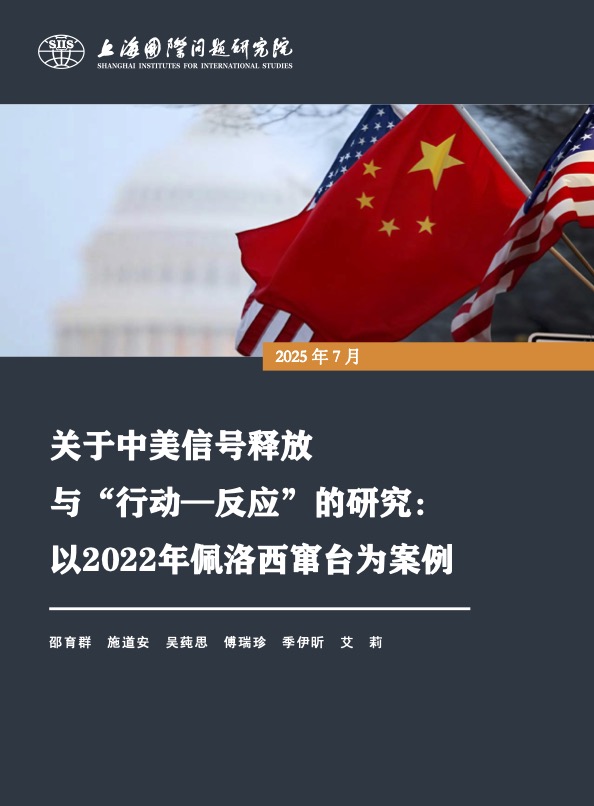This report presents the findings of a joint research project conducted by the Shanghai Institutes for International Studies (SIIS) and United States Institute of Peace (USIP) . The project examined signaling and action-reaction dynamics, with a focus on Taiwan, in the lead-up to, during, and in the immediate aftermath of the August 2022 visit to Taiwan by then Speaker of the US House of Representatives Nancy Pelosi.
Taiwan continues to be the most contentious issue in China-US relations. Moreover, the Taiwan Strait is routinely identified as the most plausible location of a military confrontation between China and the United States. Thus, it is important that each side accurately interpret the other side’s signals regarding Taiwan to avoid unintended escalation and unwanted conflict.
Core arguments of this report:
First, in China-US interactions, the methods used to send and capture signals are very important.
Second, China and the United States have opposite views on the desirability and utility of signaling by third parties, which has become a significant factor negatively affecting the stable development of China-US relations.
Third, differences in perspectives on Taiwan’s policies have become a key factor affecting the transmission and reception of signals as well as the action-reaction dynamics between China and the United States.
Fourth, the United States intends to use the concept of a "new normal" to shape a favorable public opinion and policy environment.
Fifth, China’s repeated strong signals of opposition sent to the US executive branch before Pelosi's visit to Taiwan were not a domestic "performance." To view this as "performative repetition" or merely for domestic consumption misunderstands China’s political system or shows ideological bias against it.

